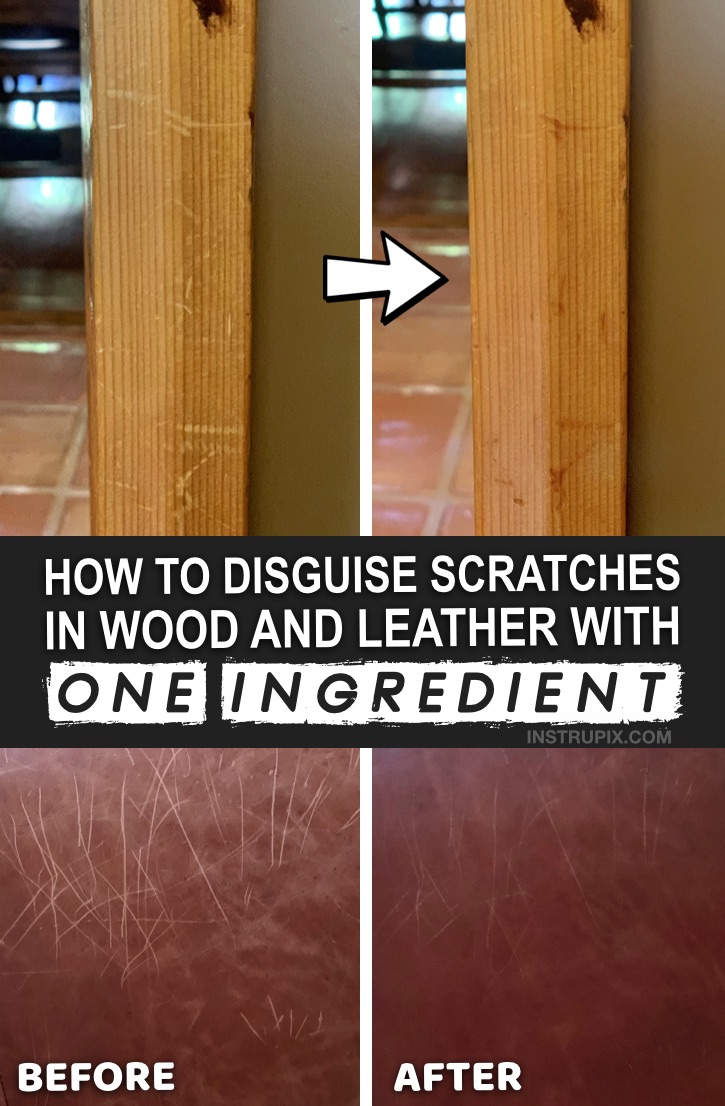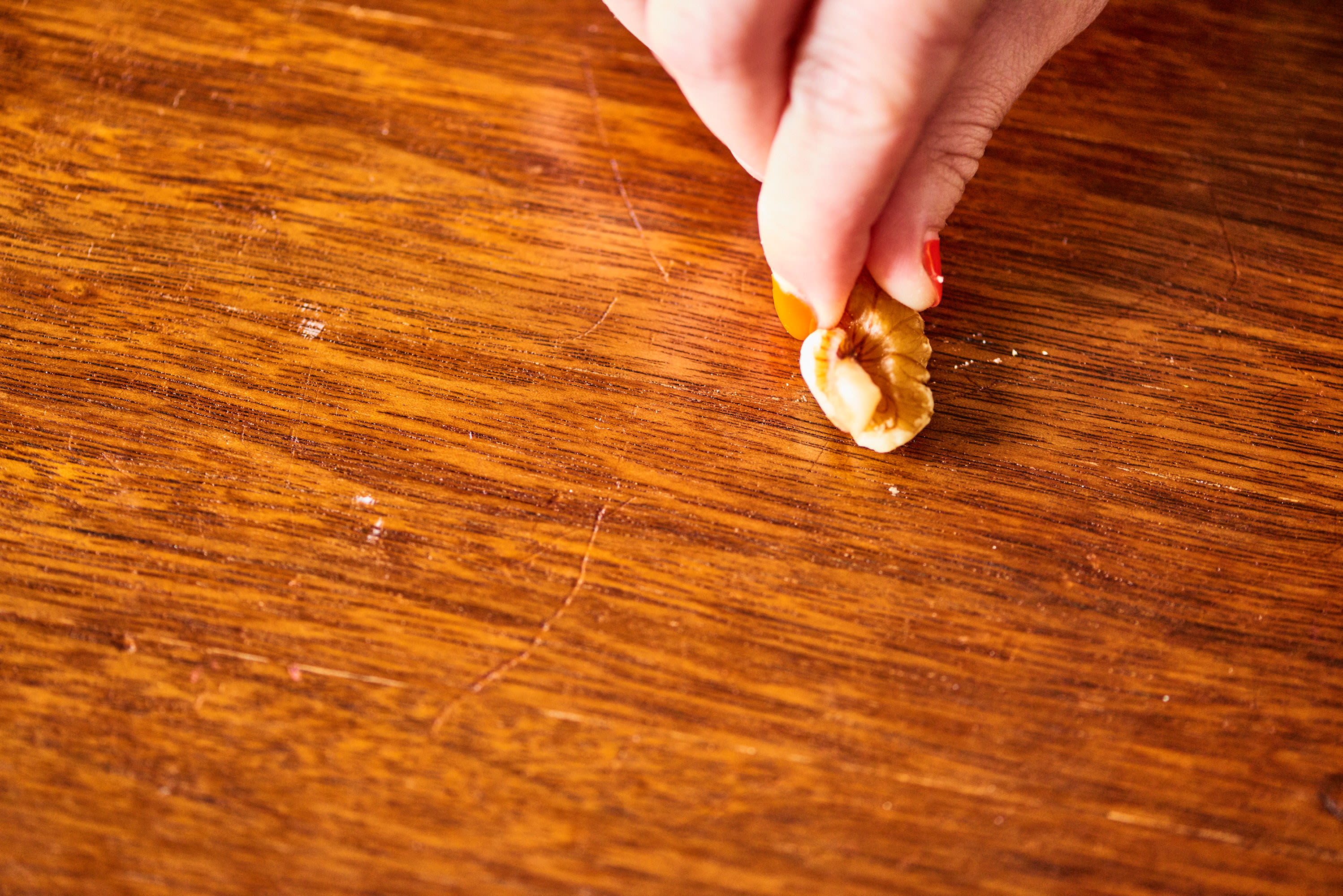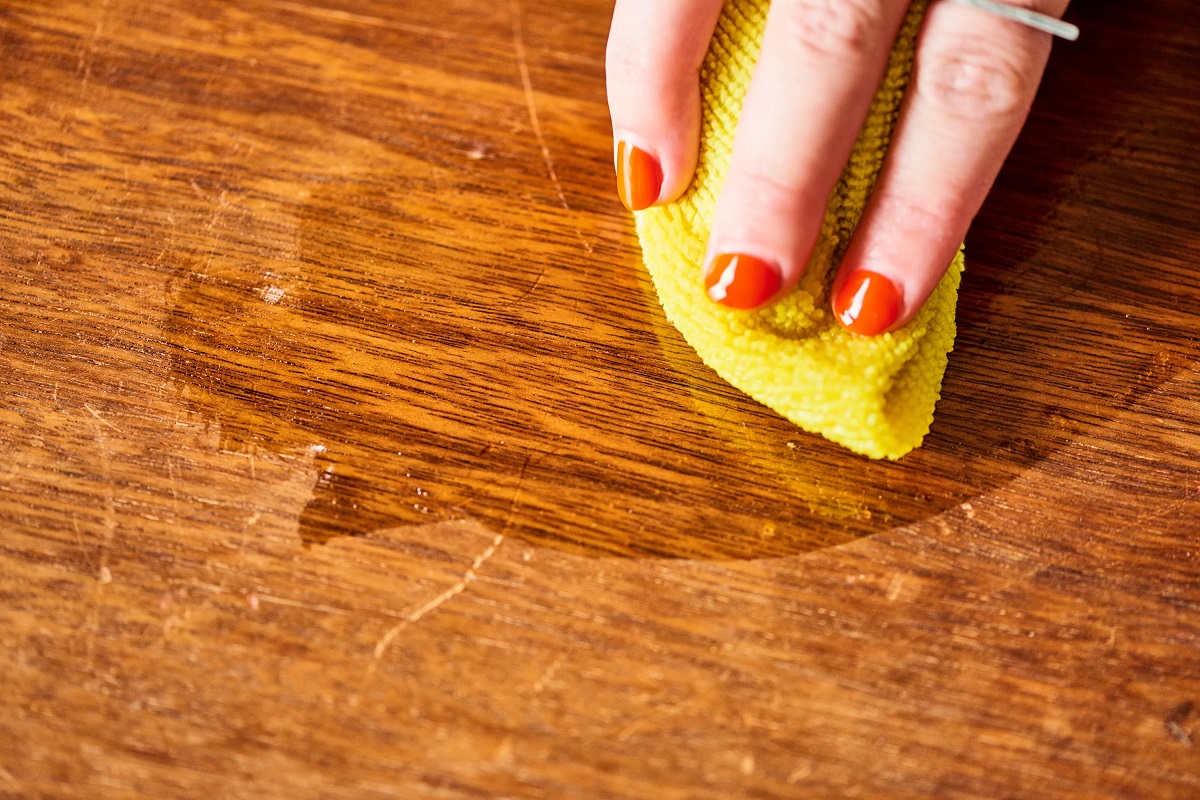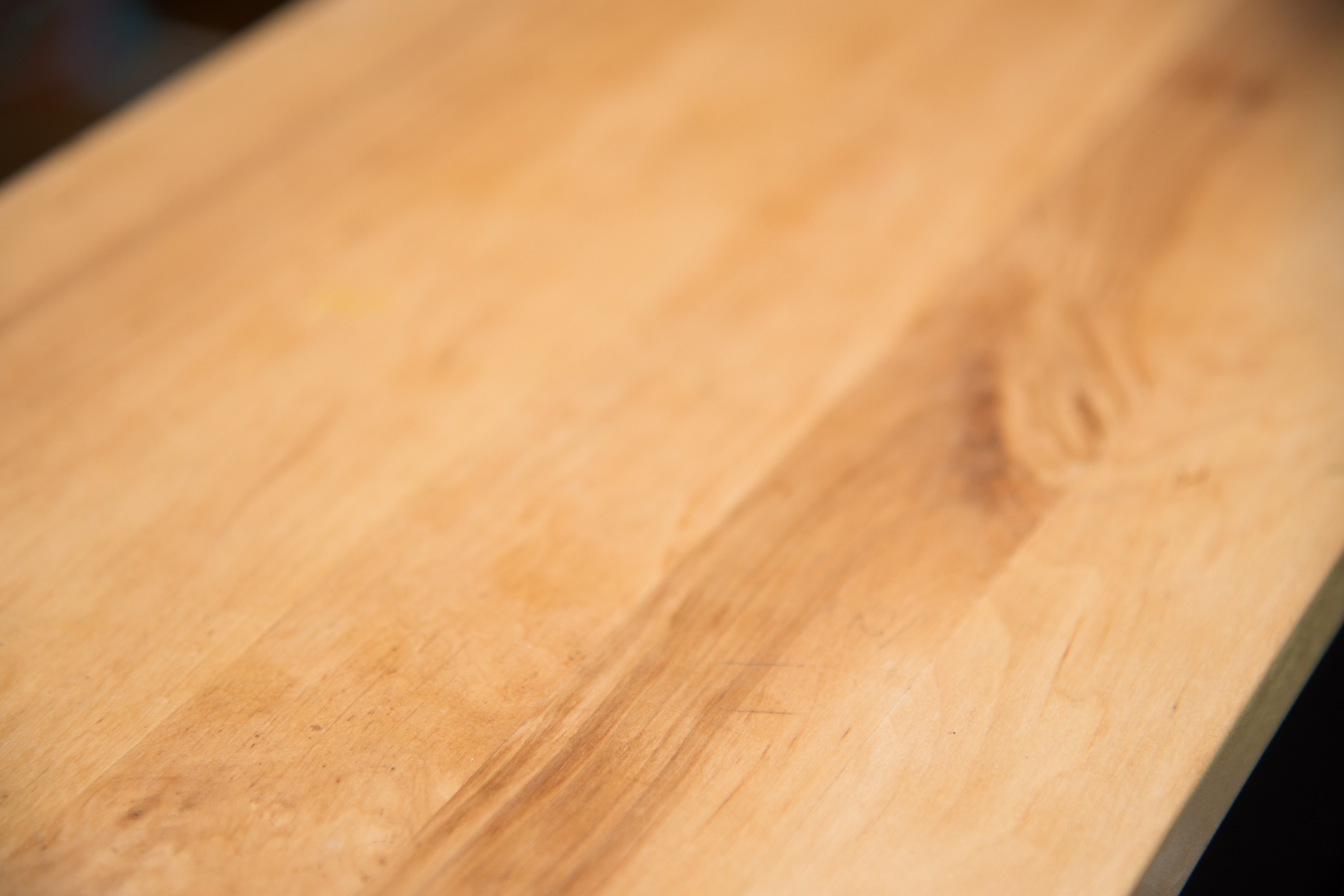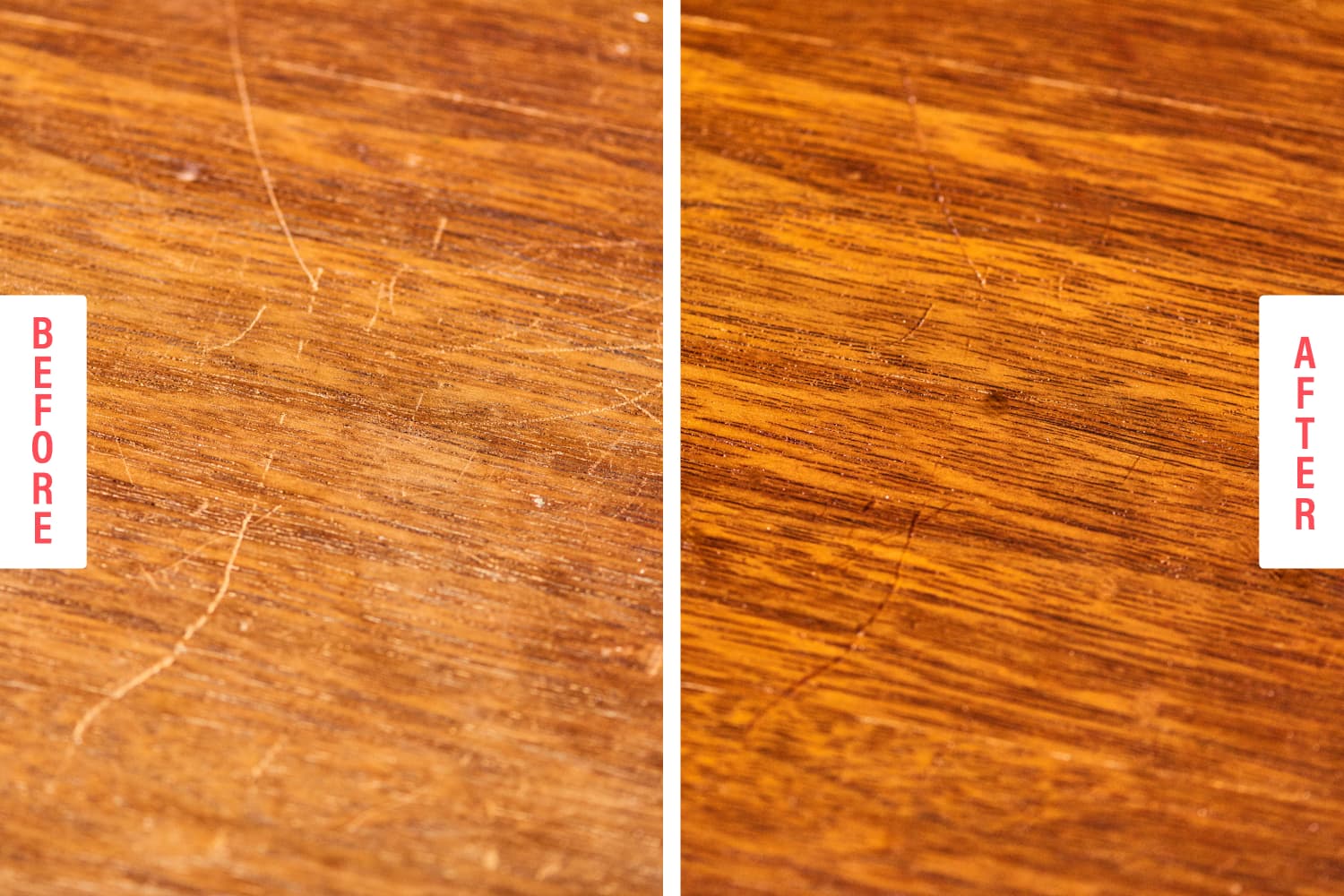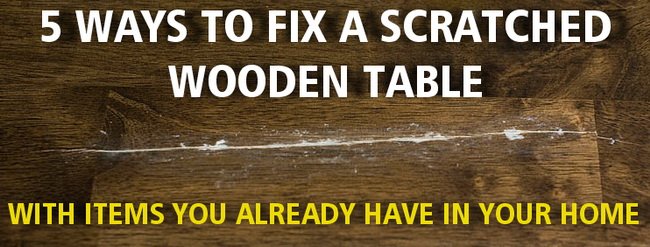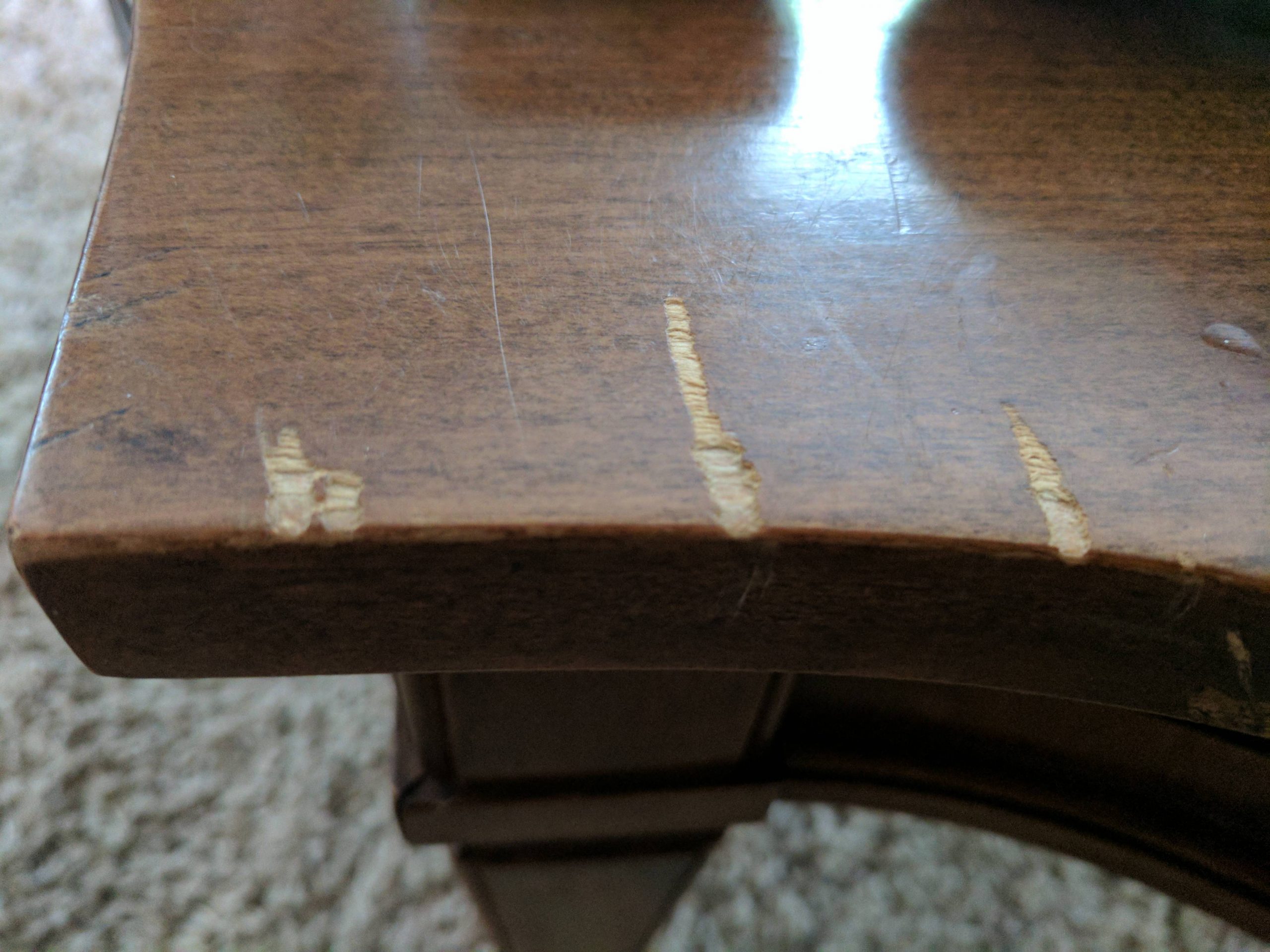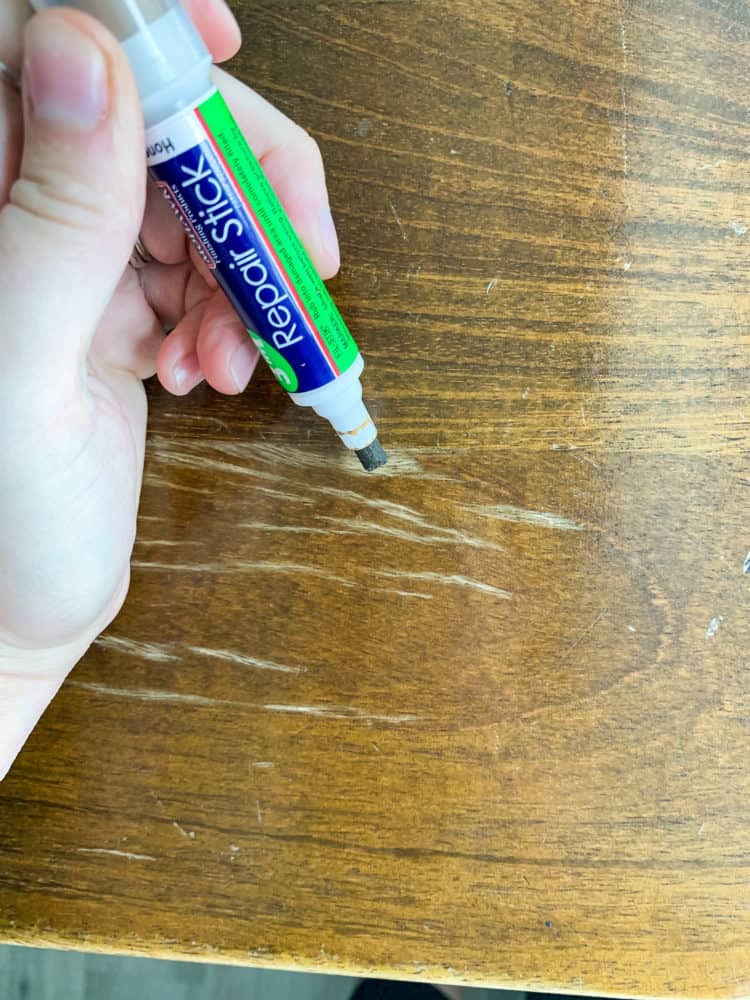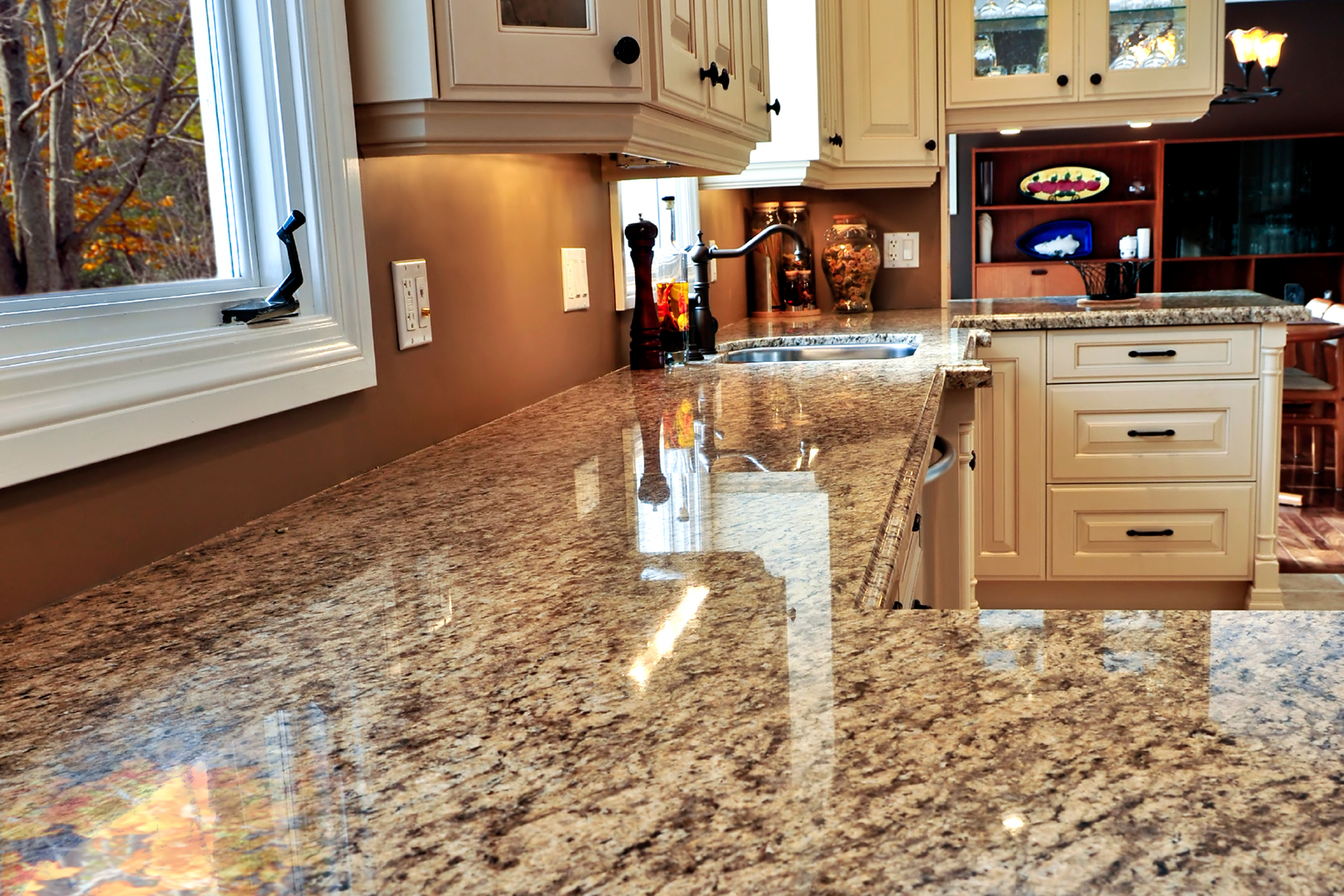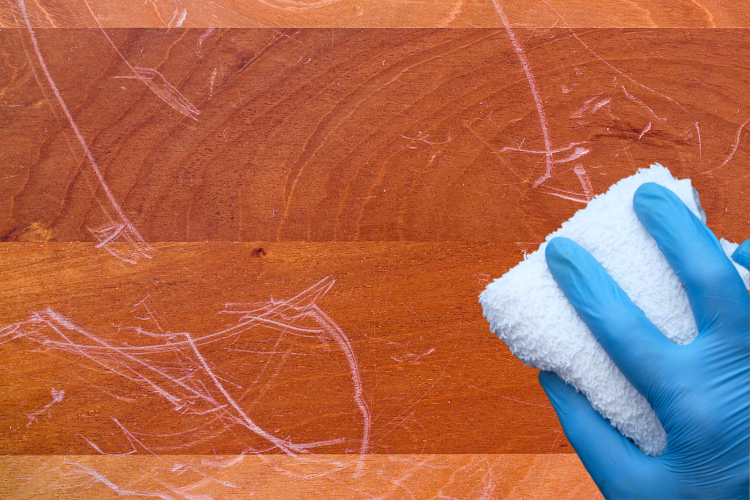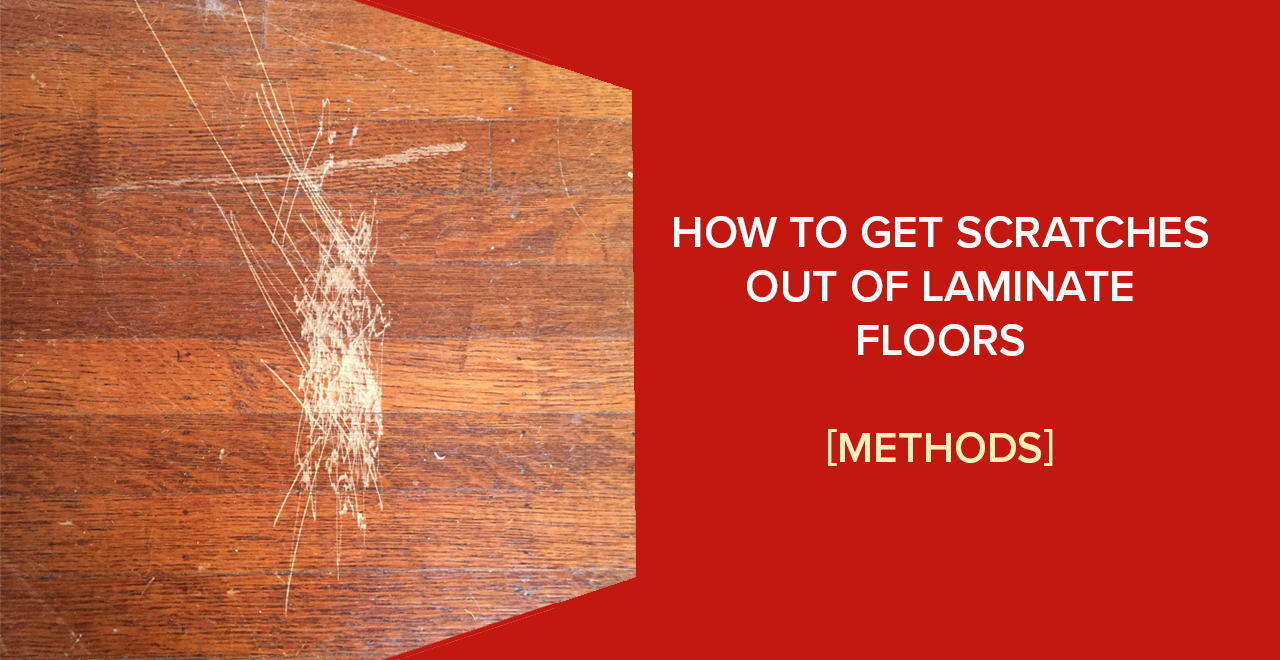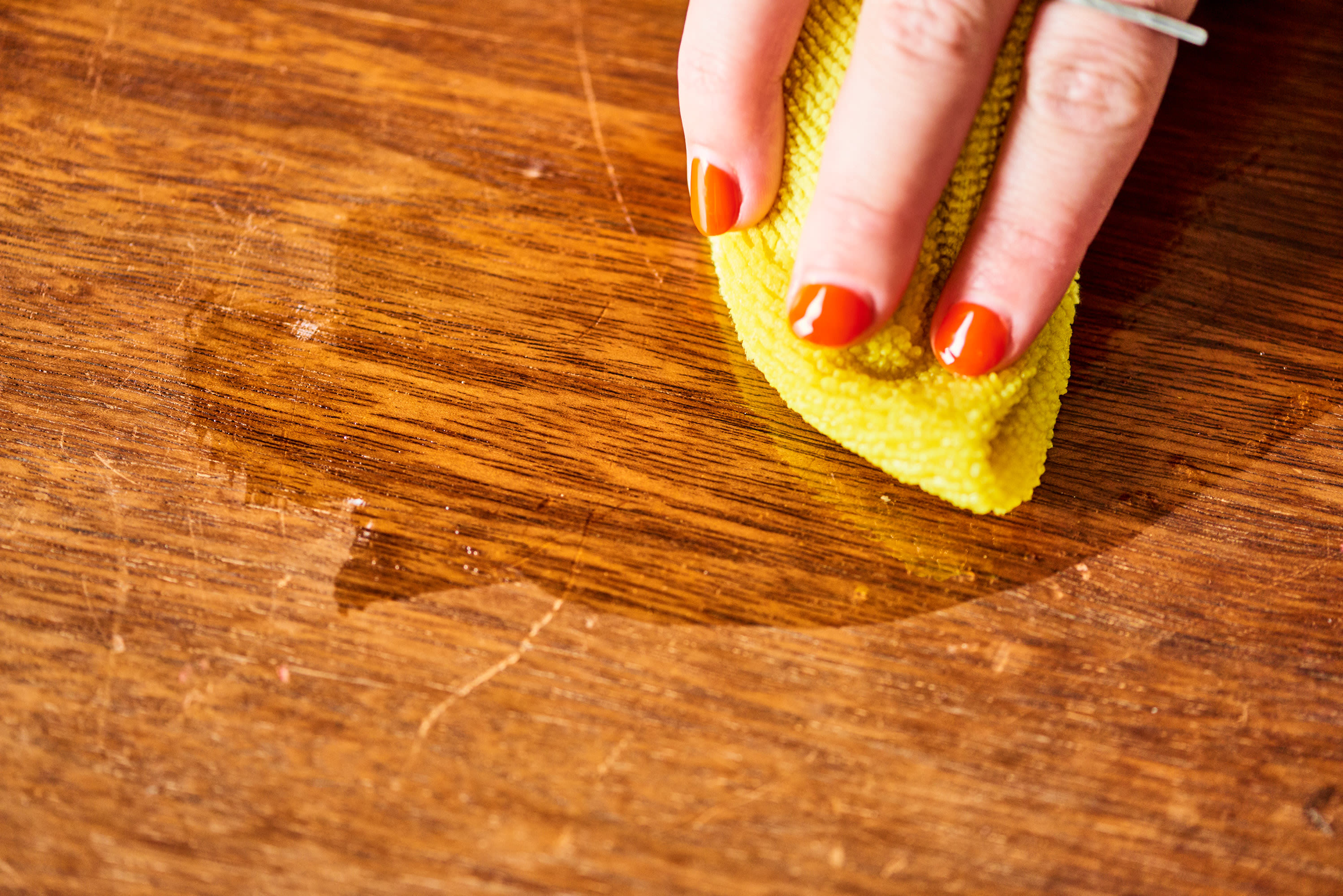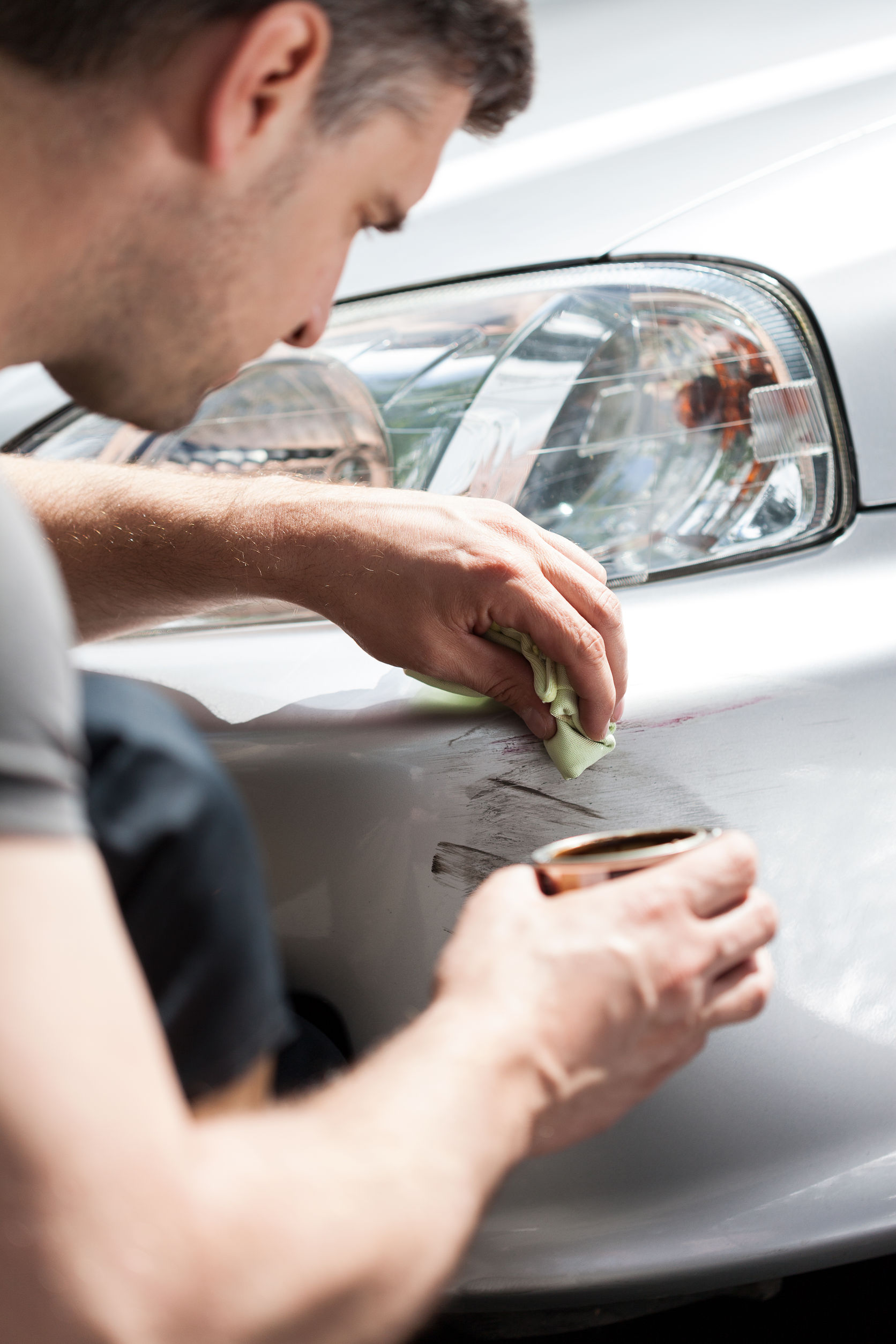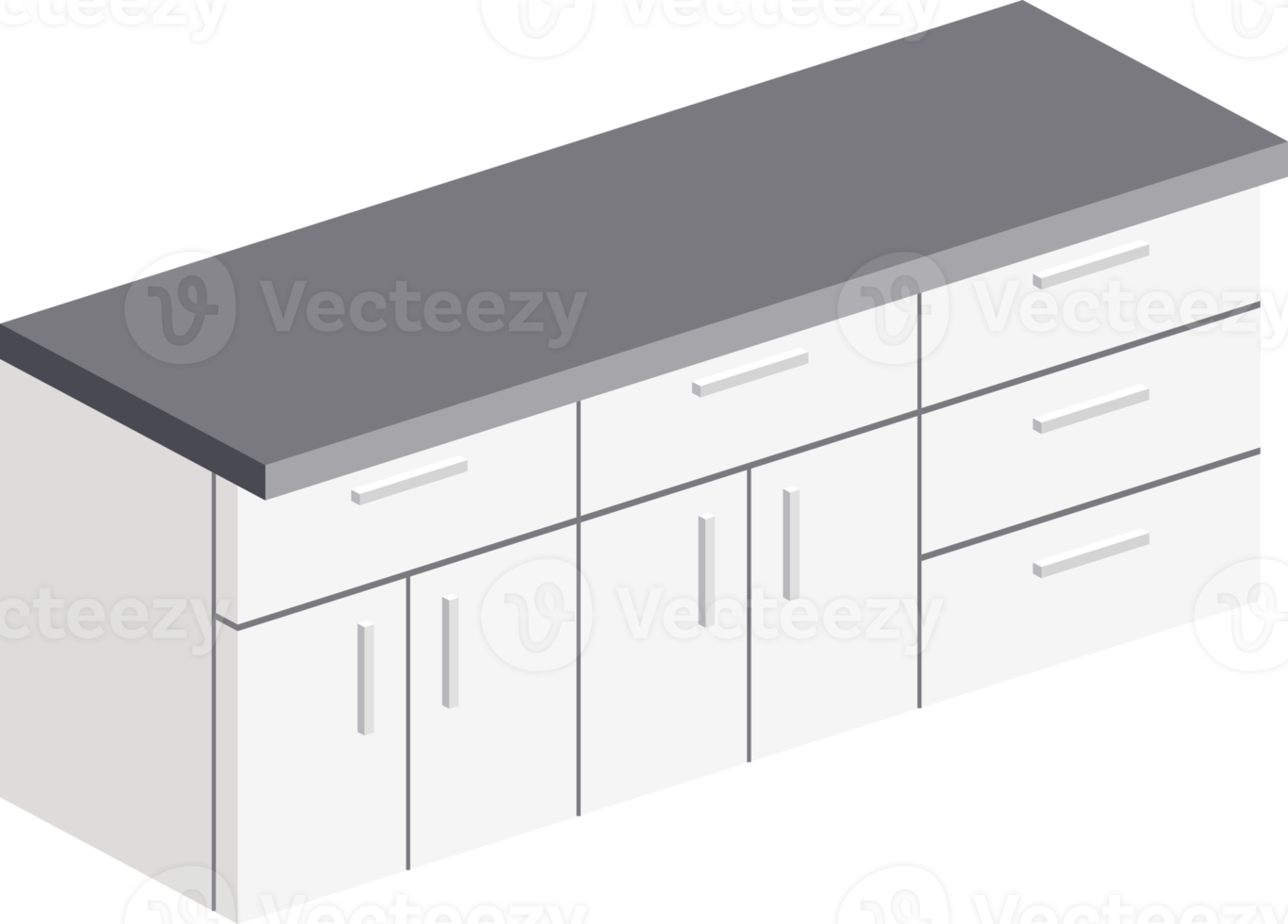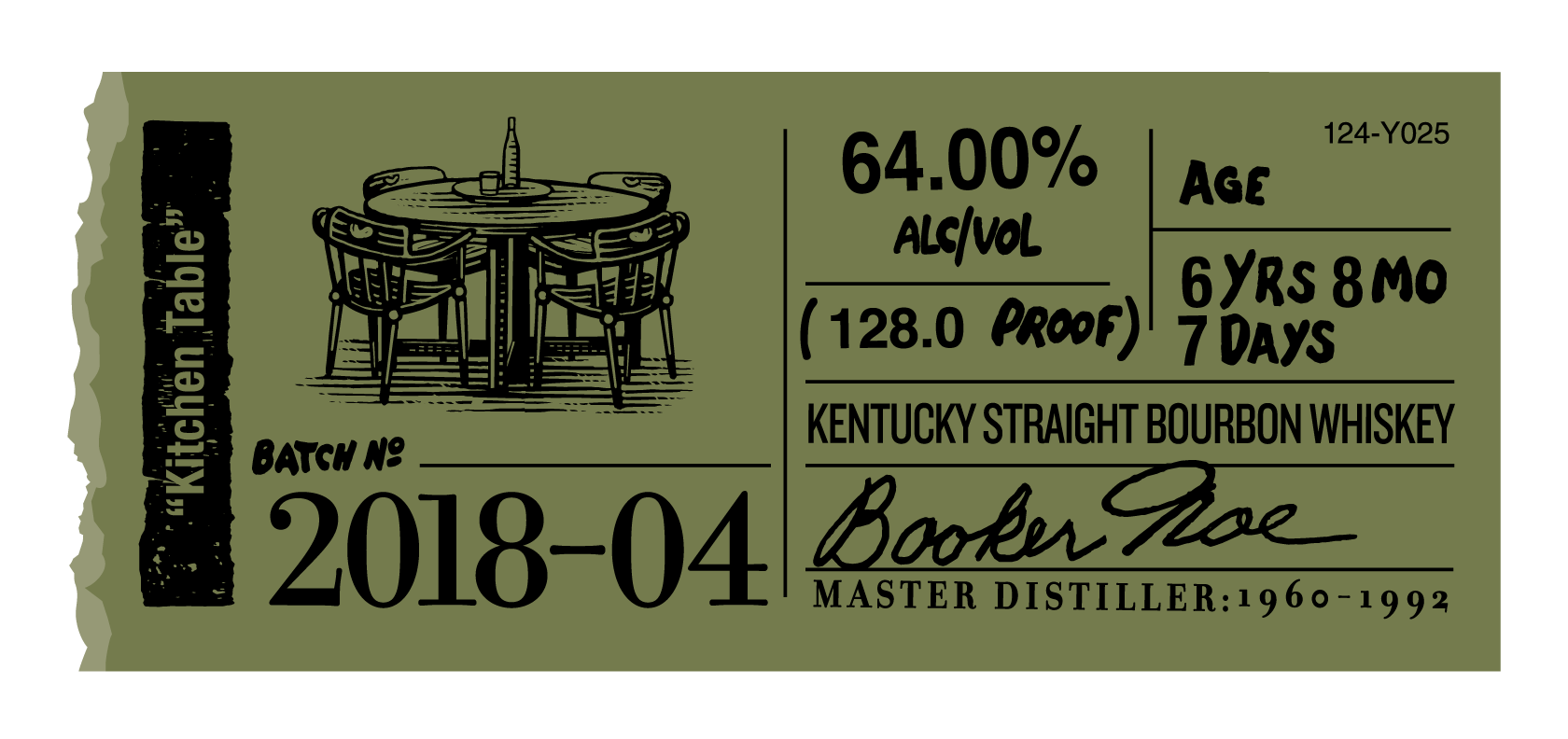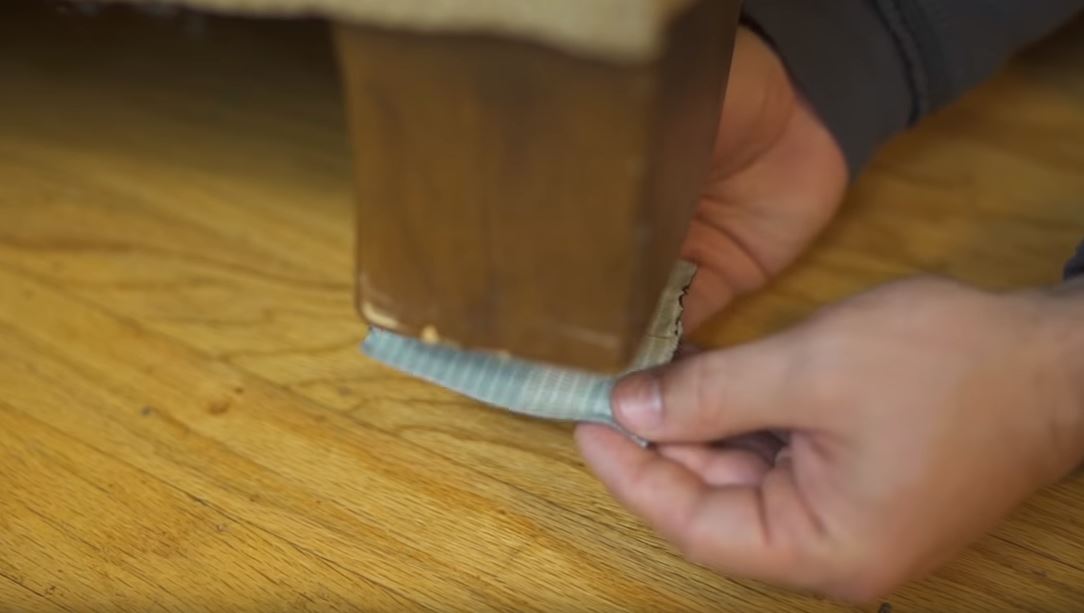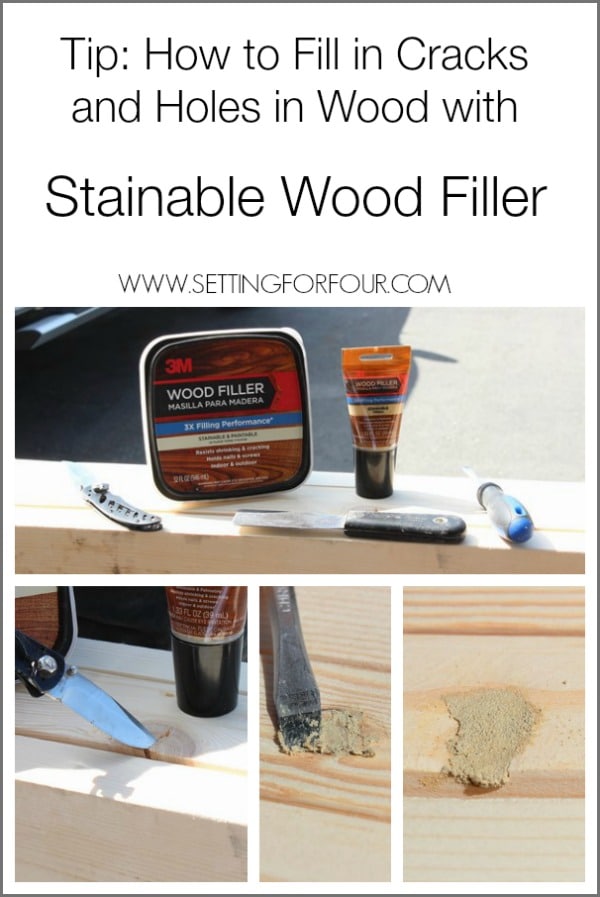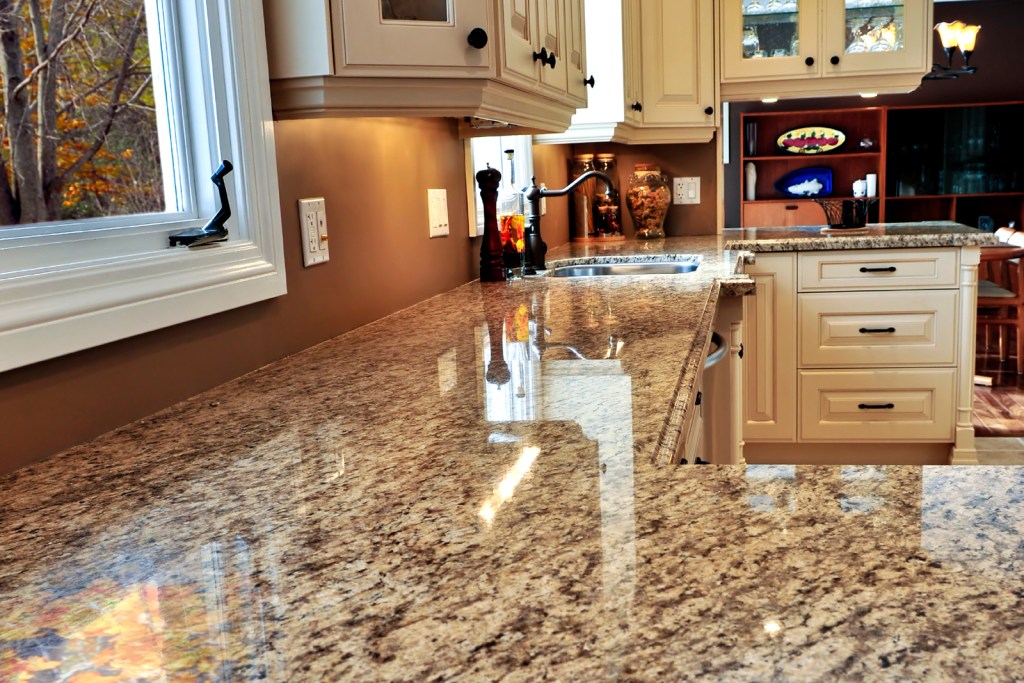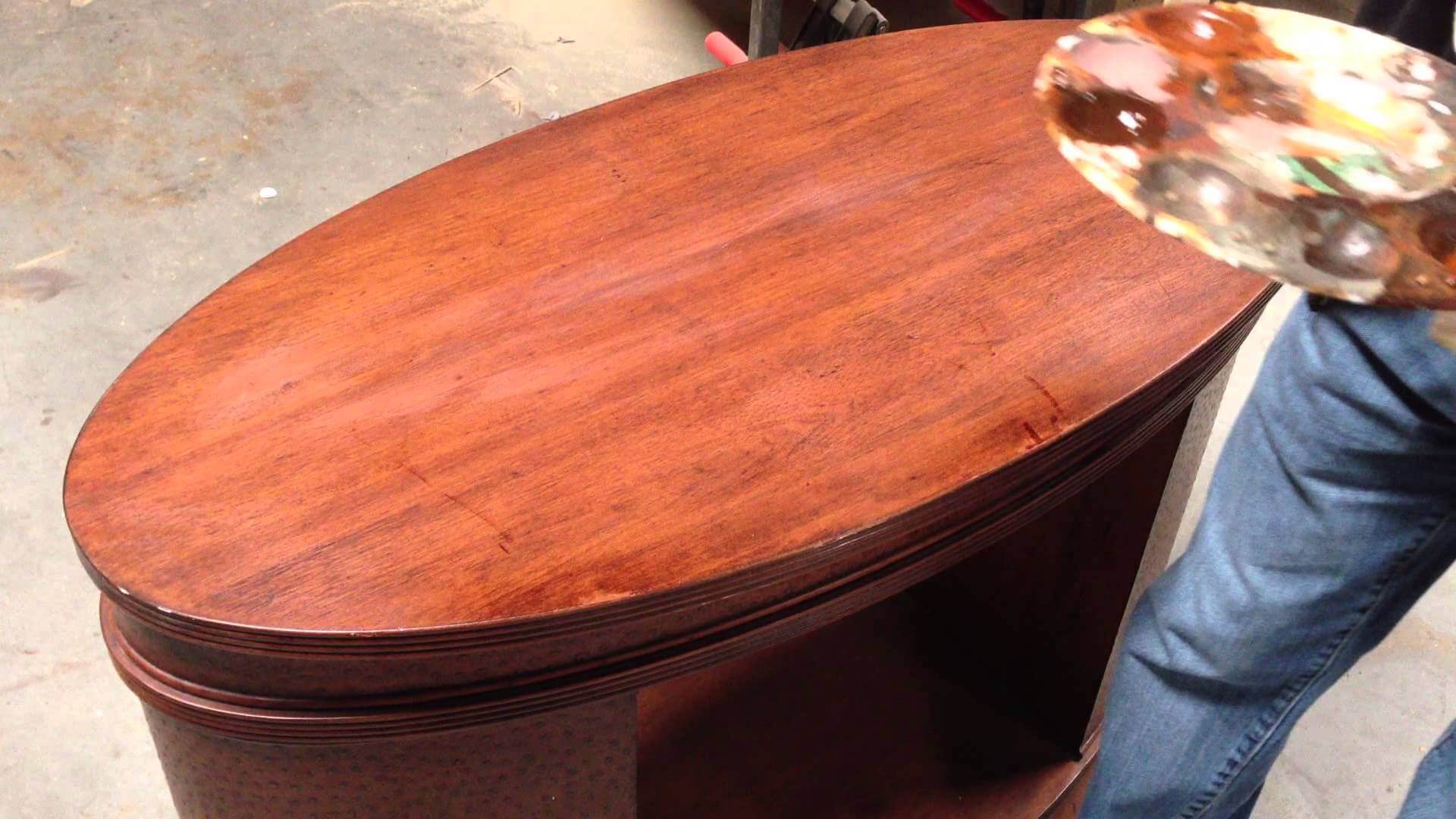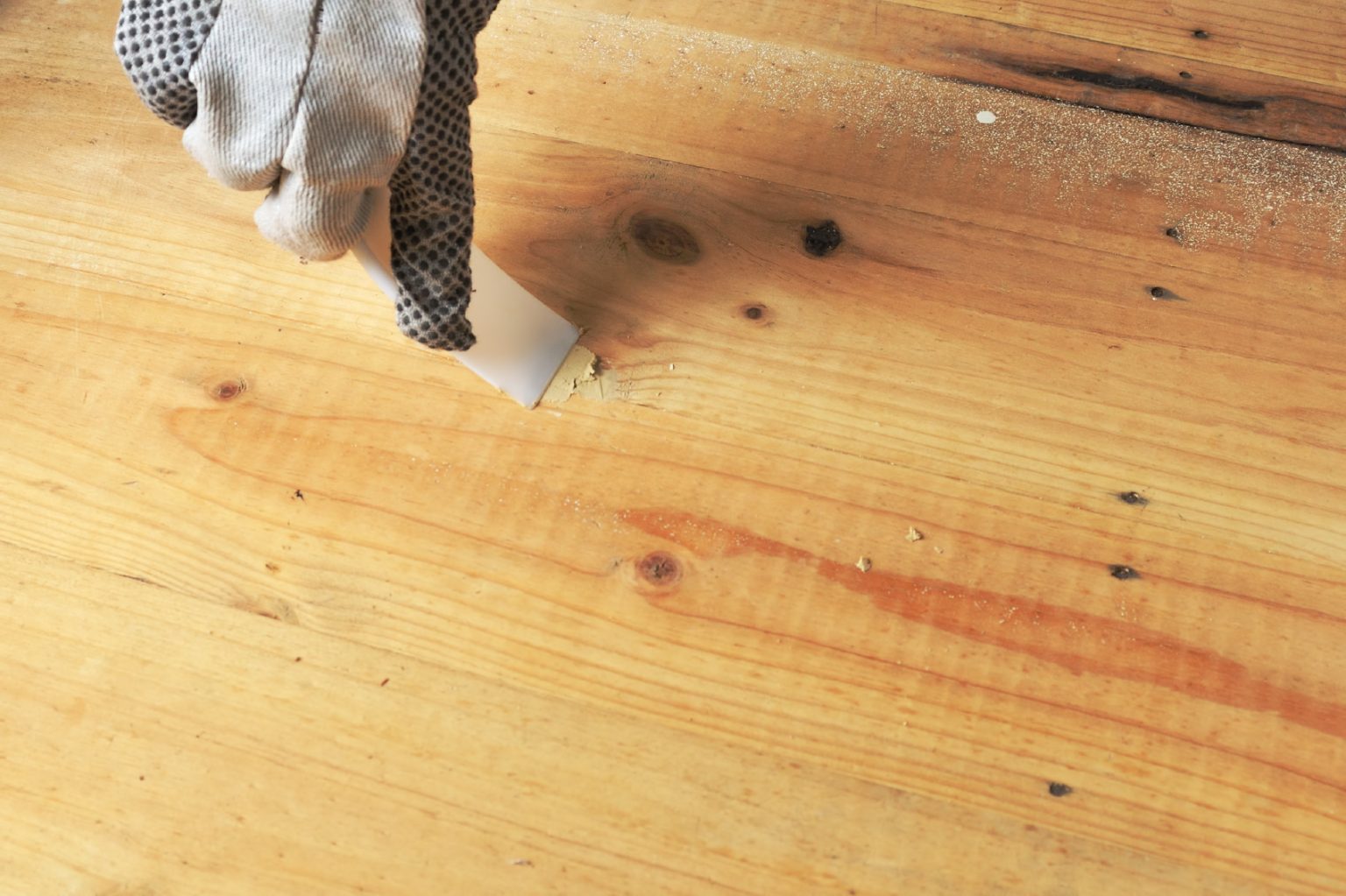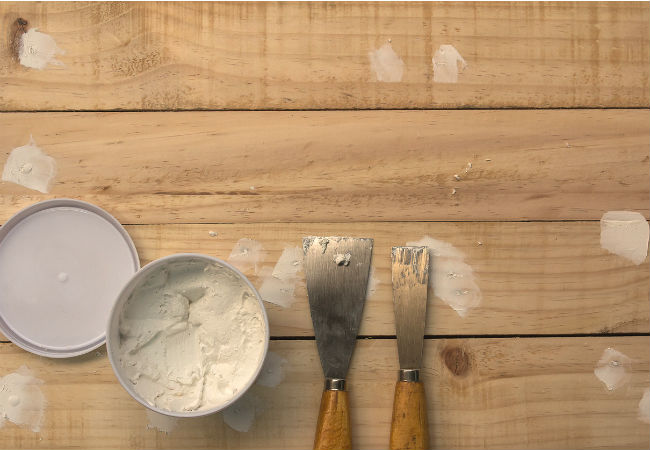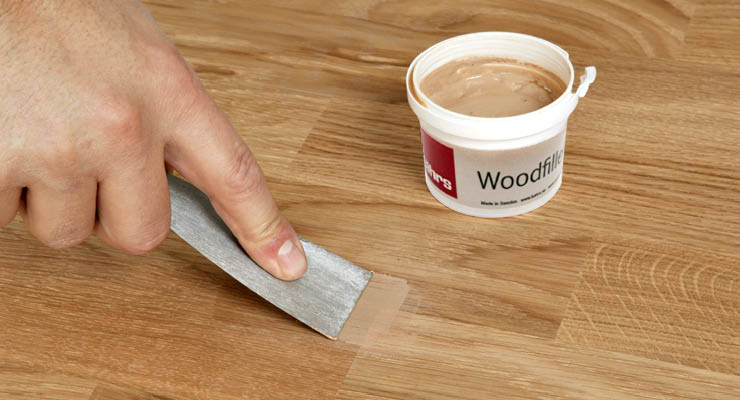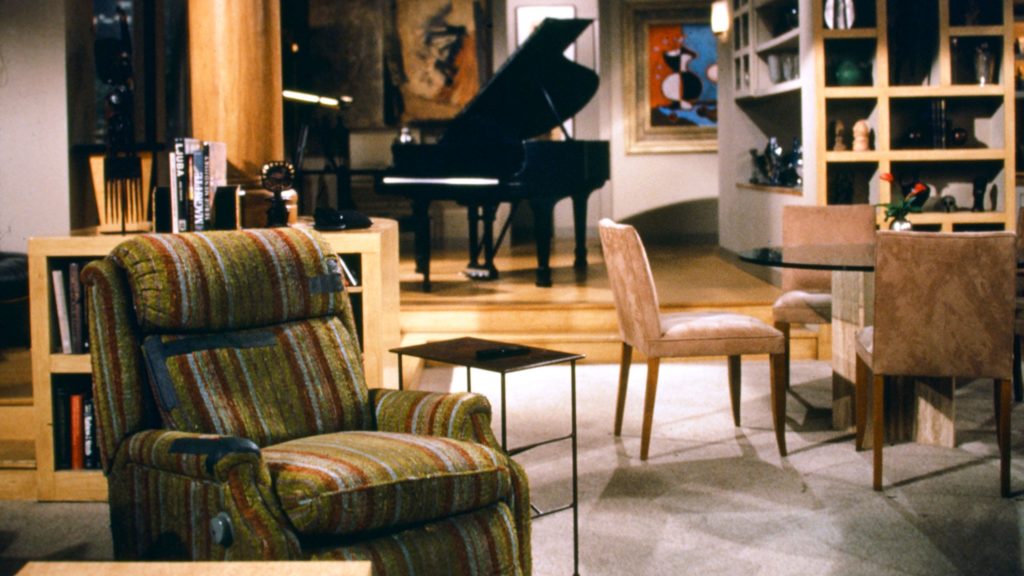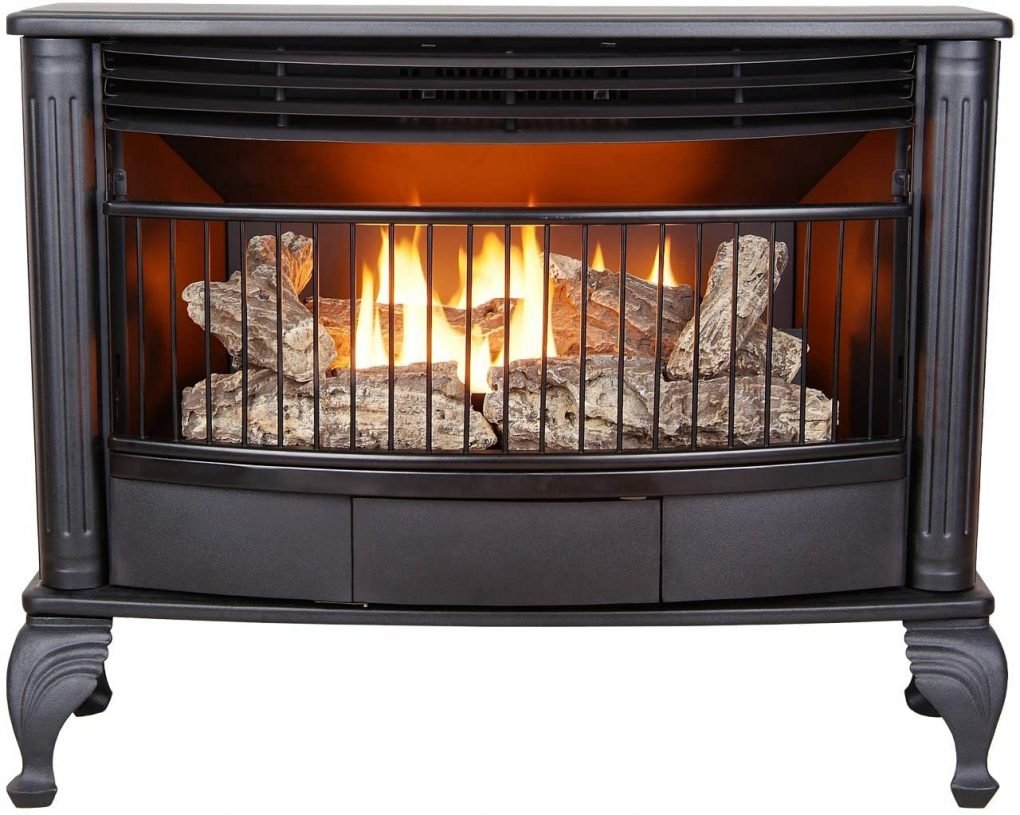If you have a beautiful wooden kitchen table, chances are it has seen its fair share of wear and tear. Scratches are inevitable, but that doesn't mean you have to live with them forever. With the right techniques and tools, you can easily remove scratches from your wooden table and restore its natural beauty. Here's a step-by-step guide on how to do it:How to Remove Scratches from a Wooden Table
Before you start repairing the scratches on your kitchen table, it's important to determine the severity of the damage. Light scratches can often be fixed with simple household items, while deep scratches may require more intensive repair methods. Take a close look at the scratches and assess the damage before proceeding to the next step.How to Fix Scratches on a Wood Table
For light scratches, you can use a soft cloth and olive oil to gently rub the scratches. The oil will help to fill in the scratches and make them less noticeable. For deeper scratches, you can use a wood stain that matches the color of your table to fill in the scratches. Apply the stain with a small brush and let it dry before gently sanding the area with sandpaper to blend it in with the rest of the table.DIY Kitchen Table Scratch Repair
If you have a wood filler on hand, this can also be an effective solution for deep scratches. Simply apply the filler to the scratches, let it dry, and then sand it down for a smooth finish. You can also use a wood marker to color in the scratches and blend them in with the rest of the table. This is a quick and easy fix for superficial scratches.Easy Kitchen Table Scratch Removal
1. Clean the table: Before starting any repair work, make sure to clean the table thoroughly to remove any dirt or debris.
2. Assess the scratches: Determine the severity of the scratches and choose the appropriate repair method.
3. Light scratches: Use a soft cloth and olive oil to gently rub the scratches.
4. Deep scratches: Use a wood stain or wood filler to fill in the scratches.
5. Sand the area: Once the stain or filler has dried, gently sand the area to blend it in with the rest of the table.
6. Use a wood marker: For superficial scratches, a wood marker can be used to color in the scratches and blend them in with the rest of the table.
7. Apply a protective finish: Once the scratches are repaired, apply a protective finish to the table to prevent future damage.
8. Regular maintenance: To keep your table looking its best, regularly clean and polish it and avoid placing hot or sharp objects directly on the surface.Step-by-Step Guide to Repairing Scratches on a Kitchen Table
If you don't have any specialized products on hand, you can still remove scratches from your kitchen table using everyday household items. A mixture of equal parts vinegar and olive oil can be used to rub out light scratches. You can also try using toothpaste or petroleum jelly to fill in the scratches and buff them out with a soft cloth.Removing Scratches from a Kitchen Table with Household Items
1. Always test any repair method on a small, inconspicuous area of the table first.
2. Use a soft cloth or brush to apply any products to avoid further damage.
3. Always work with the grain of the wood when sanding.
4. Regularly clean and polish your table to prevent scratches from forming in the first place.
5. Place coasters or trivets under hot and sharp objects to protect your table.Kitchen Table Scratch Repair Tips and Tricks
If your kitchen table has deep scratches that cannot be fixed with household items, you may need to use a wood filler or epoxy resin to repair the damage. These products are specifically designed to fill in deep scratches and can be found at most hardware stores. Follow the instructions on the product carefully for best results.Fixing Deep Scratches on a Kitchen Table
The best way to deal with scratches on your kitchen table is to prevent them from happening in the first place. Here are some tips to keep your table looking its best: - Use coasters and trivets: As mentioned before, hot and sharp objects can easily damage the surface of your table. By using coasters and trivets, you can prevent scratches and other damage. - Regularly clean and polish: By regularly cleaning and polishing your table, you can keep it looking shiny and new. This will also help to prevent scratches from forming over time. - Avoid harsh chemicals: When cleaning your table, avoid using harsh chemicals that can damage the wood. Stick to mild soap and water or specialized wood cleaners.Kitchen Table Scratch Prevention and Maintenance
If you have deep scratches on your kitchen table, using a wood filler can be an effective solution. Follow these steps to repair the scratches: 1. Clean the table: Make sure to clean the table thoroughly before starting any repair work.
2. Prepare the filler: Mix the filler according to the instructions on the product.
3. Apply the filler: Use a putty knife to apply the filler to the scratches, making sure to fill them completely.
4. Let it dry: Let the filler dry completely before sanding it down.
5. Sand the area: Use a fine-grit sandpaper to gently sand down the filler until it is smooth and level with the rest of the table.
6. Apply a protective finish: Once the filler is dry and sanded down, apply a protective finish to the table to prevent future damage.
7. Regularly maintain your table: As mentioned before, regular maintenance is key to preventing scratches on your kitchen table.Using Wood Filler to Repair Scratches on a Kitchen Table
How to Protect Your Kitchen Table from Scratches

A Guide to Keeping Your Kitchen Table Looking Like New
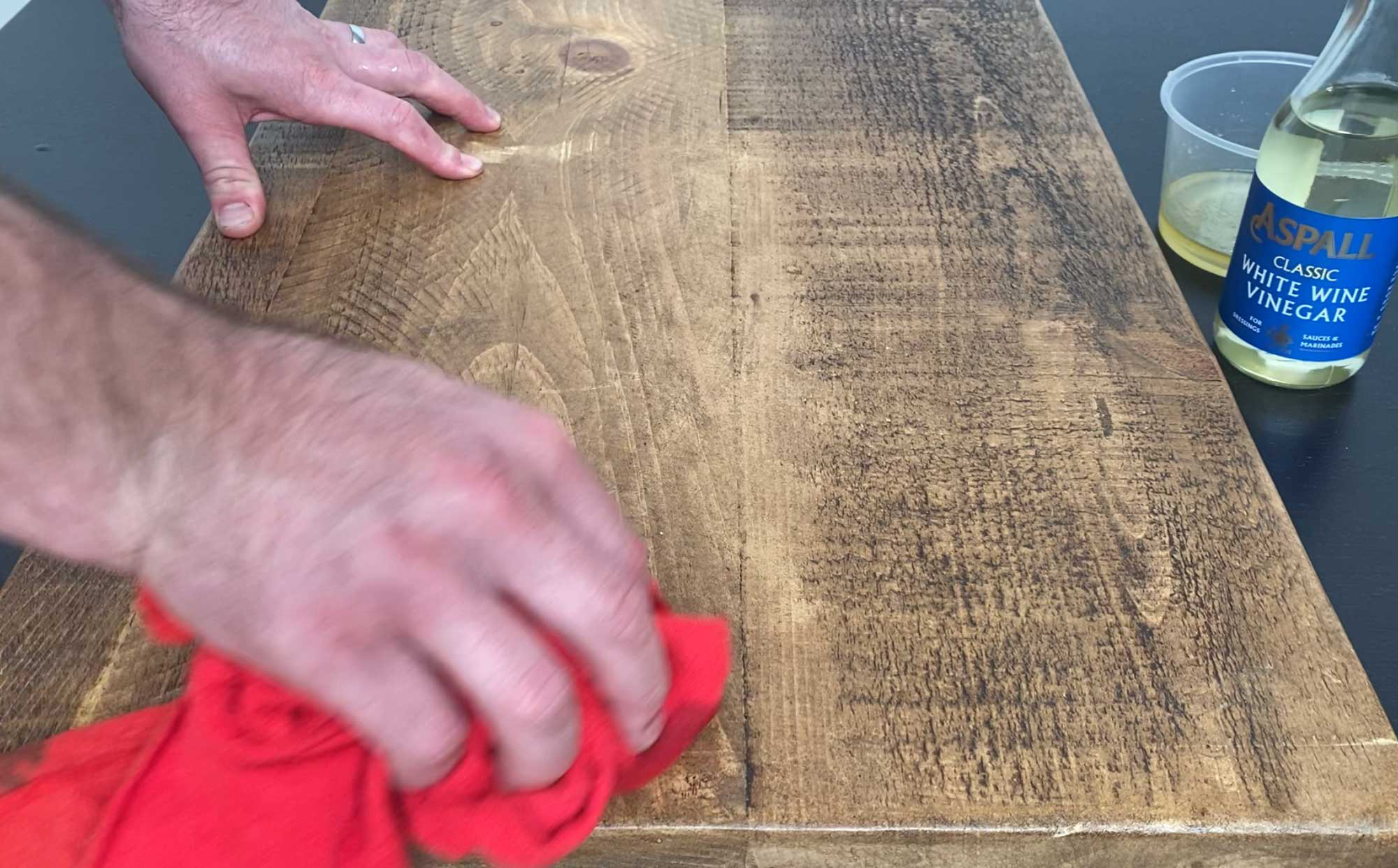 Your kitchen table is not just a piece of furniture, it's the heart of your home. It's where meals are shared, memories are made, and conversations flow. However, with all the hustle and bustle of daily life, your kitchen table can easily become scratched and worn out. Scratches on your kitchen table not only affect its appearance but also decrease its lifespan. But don't worry, with a few simple tips, you can protect your kitchen table from scratches and keep it looking like new.
1. Invest in a Protective Cover
The easiest and most effective way to protect your kitchen table from scratches is by investing in a protective cover. A tablecloth, placemats, or table runners are all great options. They not only add a touch of style to your kitchen, but they also provide a barrier between your table and any sharp objects that could cause scratches. Plus, they are easy to remove and wash, making it a practical solution for everyday use.
2. Use Coasters and Trivets
Another way to prevent scratches on your kitchen table is by using coasters and trivets. These small accessories are not just for decoration, but they also serve a practical purpose. Placing glasses, mugs, and hot dishes directly on your table can leave behind unsightly watermarks and heat damage. By using coasters and trivets, you are protecting your table's surface from any potential damage.
3. Avoid Dragging Objects Across the Table
It may seem obvious, but dragging objects across your kitchen table is a major cause of scratches. When moving items, lift them instead of dragging them to avoid any accidental scratches. This is especially important if you have a wooden table, as the softer wood can be easily damaged by dragging objects.
4. Regularly Clean and Maintain Your Table
Keeping your kitchen table clean and well-maintained is crucial to preventing scratches. Dust, crumbs, and other debris can act as abrasive particles that can easily scratch the surface of your table. Therefore, it's important to regularly clean your table with a soft cloth and a gentle cleaner. Additionally, make sure to polish and wax your table periodically to keep the wood protected and looking its best.
5. Consider Using a Table Pad
If you have a particularly valuable or delicate kitchen table, you may want to consider using a table pad. These padded protective covers not only protect against scratches but also offer protection against spills, heat, and other potential damage. They are available in various sizes and can be easily removed and stored when not in use.
In conclusion, scratches on your kitchen table are not only an eyesore but can also decrease the lifespan of your table. By investing in a protective cover, using coasters and trivets, avoiding dragging objects, regularly cleaning and maintaining your table, and considering a table pad, you can keep your kitchen table looking like new for years to come. So take the necessary steps to protect your kitchen table and continue to enjoy it as the heart of your home.
Your kitchen table is not just a piece of furniture, it's the heart of your home. It's where meals are shared, memories are made, and conversations flow. However, with all the hustle and bustle of daily life, your kitchen table can easily become scratched and worn out. Scratches on your kitchen table not only affect its appearance but also decrease its lifespan. But don't worry, with a few simple tips, you can protect your kitchen table from scratches and keep it looking like new.
1. Invest in a Protective Cover
The easiest and most effective way to protect your kitchen table from scratches is by investing in a protective cover. A tablecloth, placemats, or table runners are all great options. They not only add a touch of style to your kitchen, but they also provide a barrier between your table and any sharp objects that could cause scratches. Plus, they are easy to remove and wash, making it a practical solution for everyday use.
2. Use Coasters and Trivets
Another way to prevent scratches on your kitchen table is by using coasters and trivets. These small accessories are not just for decoration, but they also serve a practical purpose. Placing glasses, mugs, and hot dishes directly on your table can leave behind unsightly watermarks and heat damage. By using coasters and trivets, you are protecting your table's surface from any potential damage.
3. Avoid Dragging Objects Across the Table
It may seem obvious, but dragging objects across your kitchen table is a major cause of scratches. When moving items, lift them instead of dragging them to avoid any accidental scratches. This is especially important if you have a wooden table, as the softer wood can be easily damaged by dragging objects.
4. Regularly Clean and Maintain Your Table
Keeping your kitchen table clean and well-maintained is crucial to preventing scratches. Dust, crumbs, and other debris can act as abrasive particles that can easily scratch the surface of your table. Therefore, it's important to regularly clean your table with a soft cloth and a gentle cleaner. Additionally, make sure to polish and wax your table periodically to keep the wood protected and looking its best.
5. Consider Using a Table Pad
If you have a particularly valuable or delicate kitchen table, you may want to consider using a table pad. These padded protective covers not only protect against scratches but also offer protection against spills, heat, and other potential damage. They are available in various sizes and can be easily removed and stored when not in use.
In conclusion, scratches on your kitchen table are not only an eyesore but can also decrease the lifespan of your table. By investing in a protective cover, using coasters and trivets, avoiding dragging objects, regularly cleaning and maintaining your table, and considering a table pad, you can keep your kitchen table looking like new for years to come. So take the necessary steps to protect your kitchen table and continue to enjoy it as the heart of your home.


